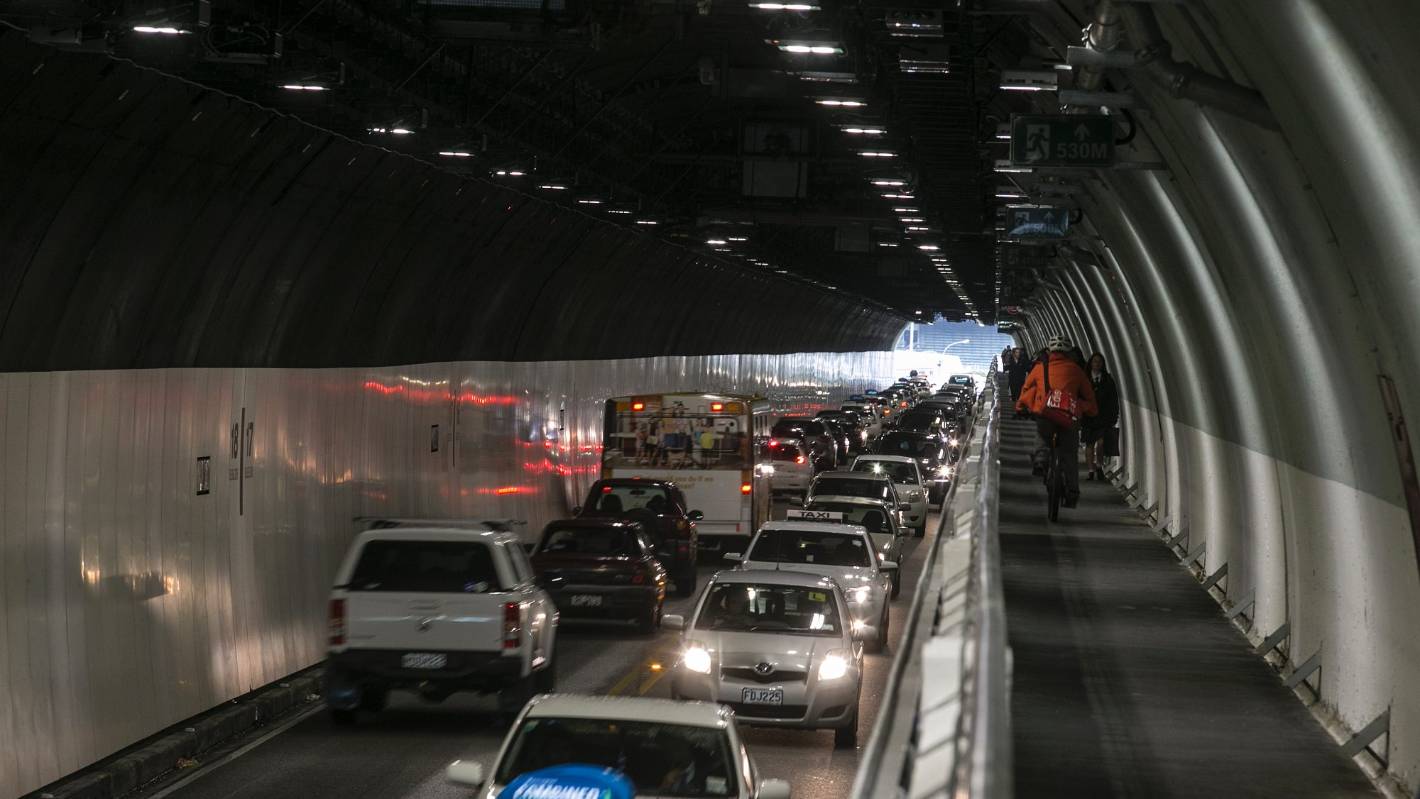The first time I heard the suggestion that Wellington City Council might start imposing congestion taxes in the CBD was just after the 2013 local body elections, when Chris Laidlaw famously put the idea to council. I thought at the time that it was an outrageous idea; after all, they had only been through an election a few weeks earlier and interestingly, no one had thought to mention it. With the government we have now this is standard practice but it was fair to say that it was neither standard nor accepted practice back then. But we all know how these things work. Float the idea a few times to get people used to it, then off we go… and now it looks as if congestion charges will soon be here for Wellingtonians.
Congestion charges are on the table for Auckland too, but at least, in Auckland, the motorway system allows drivers to avoid the CBD. In Wellington, the motorway ends and leads drivers straight into the built-up area. If you are driving from the Hutt Valley to Wellington Hospital, for example, you cannot avoid going through the CBD.
What about hospital workers? Ambulances? Delivery vehicles? Tradesmen working in town? Bus drivers getting to work? (oh, the irony…). If exemptions are given to certain groups of people, the scheme will be less effective, so we all know that won’t happen.
Central and local government in New Zealand have the irritating habit of adopting practices that are prevalent overseas without taking the important differences between our cities and theirs into account. London, for example, has a congestion charge for vehicles entering the city of 15 GBP per day. It seems like a lot, but you must remember that London has a population in excess of 9 million, and it has a fast, efficient and reliable public transport system. Contrast that with the Greater Wellington area, with a population of about only 350,000, where trains often break down and bus services are unreliable because of a chronic shortage of drivers. With such a low population, public transport is never going to be cost-effective. Sometimes, taking the car is the only reliable way to get into Wellington for an appointment, even though parking is often a big problem. Otherwise, you waste hours waiting for trains and then connecting buses.
Unlike London or Singapore, the congestion in Wellington is due to a lack of investment in traffic management over the last few decades. The second Mount Victoria tunnel has been on the back burner for decades, and the Basin Reserve flyover was cancelled ten years ago. Congestion in Wellington has grown gradually worse, particularly over the last decade, and these projects would have made an enormous difference. But here we are, once again, with traffic grinding to a halt on a daily basis, and the only thing that councils can do is charge motorists more money.
They claim that congestion charges will be used to fund the roading projects that are needed. I’m sure most Aucklanders have not forgotten a similar promise when they were levied with an extra fuel tax to pay for transport projects that have now been shelved. With politicians like Julie-Anne Genter and James Shaw still in Parliament, the only real likelihood is that the congestion charges will be used to build more cycleways that no one uses, and bring the city to a complete standstill in the process.
It gets worse. Wellington City Council is completely happy to overcharge motorists like this, in spite of the damage it will do to the Wellington business sector, especially in retail, but they still have plans, once (or should I say, if) the new roading projects are built, to charge local homeowners extra rates for the privilege of living next to the new roads, even if there is no benefit to the individual.
It is estimated that 40,000 commuters drive into Wellington each day, which means rich pickings for the council, but nothing alters the fact that driving is the only way to be sure to get to work on time… or to a medical appointment, or to a meeting. If public transport were more reliable, more people would use it, but trains that travel only once an hour into the city from the suburbs are insufficient for people who travel into town on an occasional basis. The trouble is that the population size simply doesn’t justify more frequent services, as most of these trains are less than half full during the day anyway.
The posters all over the city for the 2013 local body elections included slogans like “4 Lanes to the Planes”, where a mayoral hopeful was promising better traffic flows to the airport. 8 years later, we have gridlock, more gridlock and no new roads. Does that sound familiar? It is the story of every urban area in New Zealand, with no real hope of any improvement soon. Politicians and local representatives should hang their heads in shame.
UPDATE: While reviewing this article, I heard on the radio that, due to a chronic shortage of drivers, Wellington bus timetables are to be modified and peak hour services reduced. Yet the WCC still has the absolute gall to progress with its plans for a congestion tax. Words fail me.
Please share this article with others

